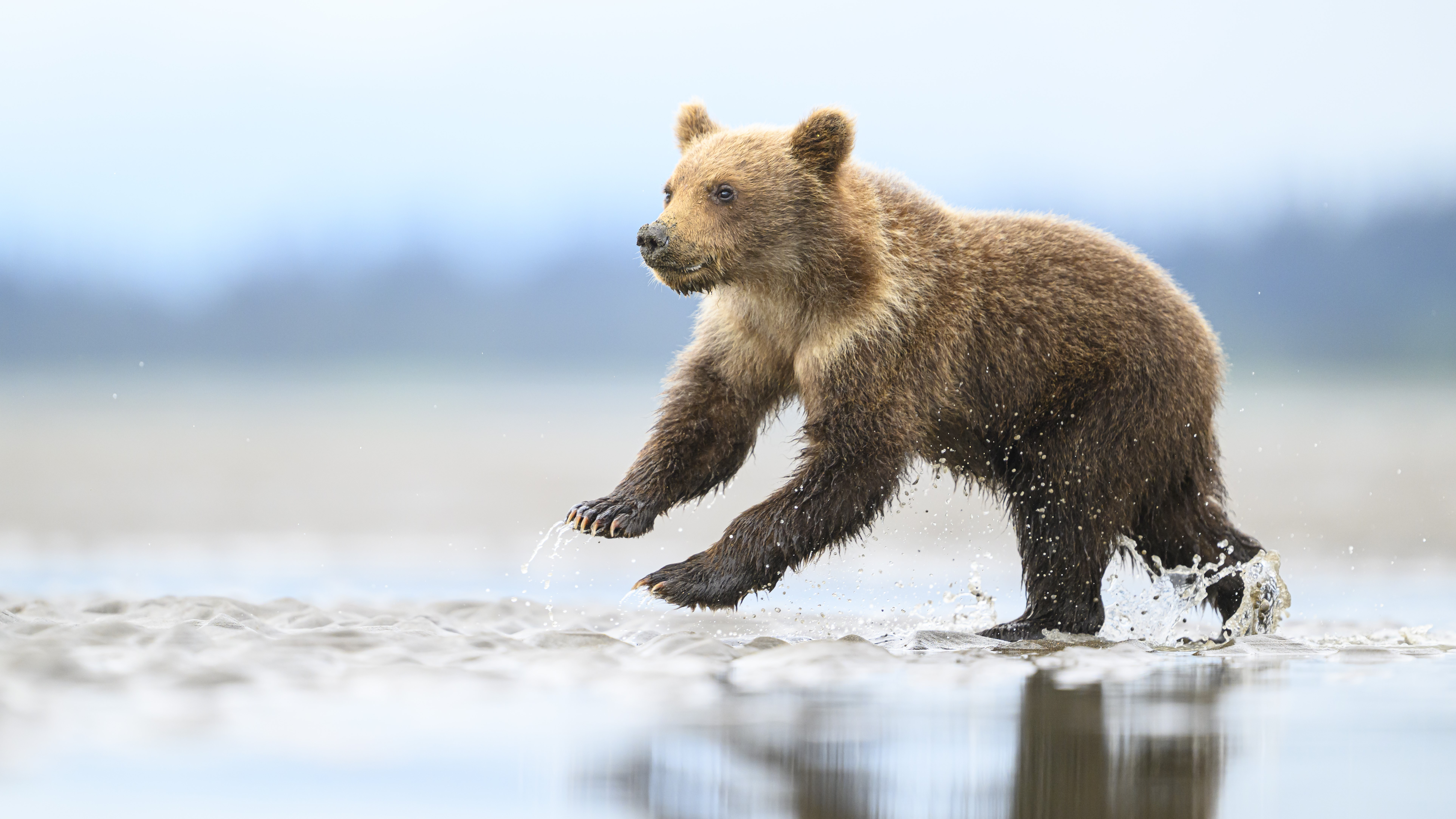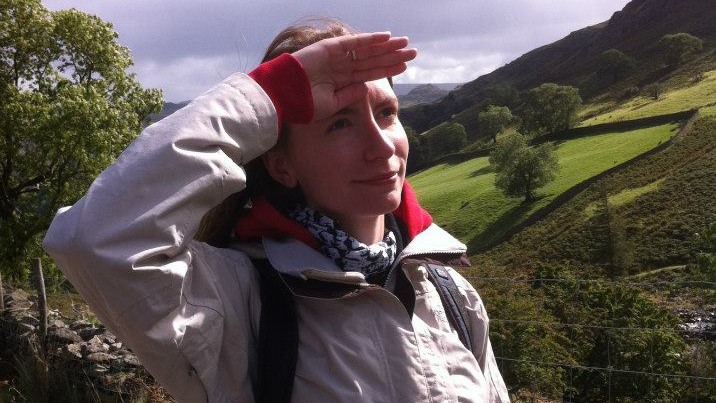
A man has shared a video online showing exactly why you never try to pet wild animals, particularly bears.
The US National Park Service advises visitors that the safest place to watch wildlife is from within a car, but that only applies if you also use common sense. The clip (which you can see below) was recorded inside a vehicle, while has pulled up next to a grizzly bear sow and her young cub. Rather than moving on and leaving the animals alone, the driver rolls down the window and allows the curious cub to put its front paws on the door. When it begins to reach inside the car, he rolls up the window a little, startling it back. The cub approaches again and the driver reaches out to pet or push it away, but the young animal swipes at him before the clip ends.
The video was shared via Instagram account TouronsOfNationalParks, which calls out bad behavior at sites of natural beauty around the world, often involving wildlife. Previous close calls have included people trying to pet bison and poking moose
A post shared by @touronsofnationalparks
A photo posted by on
It's not clear where the incident too place, but neither the cub nor the sow seem shy around humans, suggesting they may have become habituated as a result of people feeding and otherwise interacting with them in the past. This is very dangerous, not only because it increases the chances of an animal attacking a person, which may result in it being euthanized for public safety, but because it also encourages wildlife to approach cars, which can be fatal.
Earlier this year, a bison calf was euthanized at Yellowstone National Park after a well-meaning member of the public tried to help it off a riverbank. Despite rangers' attempts to reunite it with its herd, the young animal was rejected, and officials eventually decided to put it down after it began approaching cars.
Avoiding bear encounters
Grizzly bears (identifiable by their distinctive shoulder hump and concave face shape) tend to be larger and more aggressive than black bears, but still generally prefer not to interact with humans unless startled or threatened.
The best way to keep yourself safe is to avoid an encounter in the first place. The NPS recommends travelling in a group and making noise while hiking to alert animals to your presence and give them an opportunity to move before you arrive.
All the latest inspiration, tips and guides to help you plan your next Advnture!
"Pay attention to your surroundings and make a special effort to be noticeable if you are in an area with known bear activity or a good food source, such as berry bushes," rangers advise visitors planning a hiking trip in bear country.
Recommendations vary between parks based on the behavior of local animals, but if a bear starts to pay attention to you, it's important to stay calm and not scream or run, which can trigger the animal's instinct to chase.
"Bears may bluff their way out of an encounter by charging and then turning away at the last second," says the NPS. "Bears may also react defensively by woofing, yawning, salivating, growling, snapping their jaws, and laying their ears back. Continue to talk to the bear in low tones; this will help you stay calmer, and it won't be threatening to the bear."
For more advice, take a look at our guides what to do if you meet a bear and wildlife safety: eight tips for unexpected encounters.
- The best binoculars: our top picks for wildlife and astronomy

Cat is the editor of Advnture, She’s been a journalist for 15 years, and was fitness and wellbeing editor on TechRadar before joining the Advnture team in 2022. She’s a UK Athletics qualified run leader, and in her spare time enjoys nothing more than lacing up her shoes and hitting the roads and trails (the muddier, the better), usually wearing at least two sports watches.
